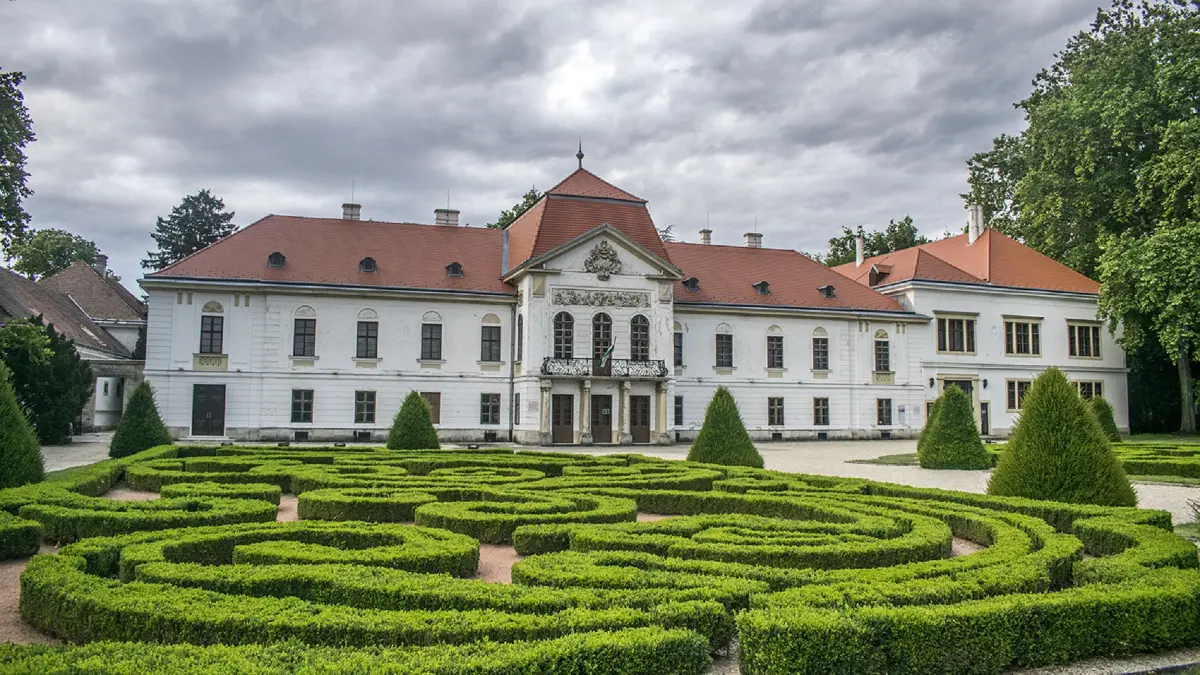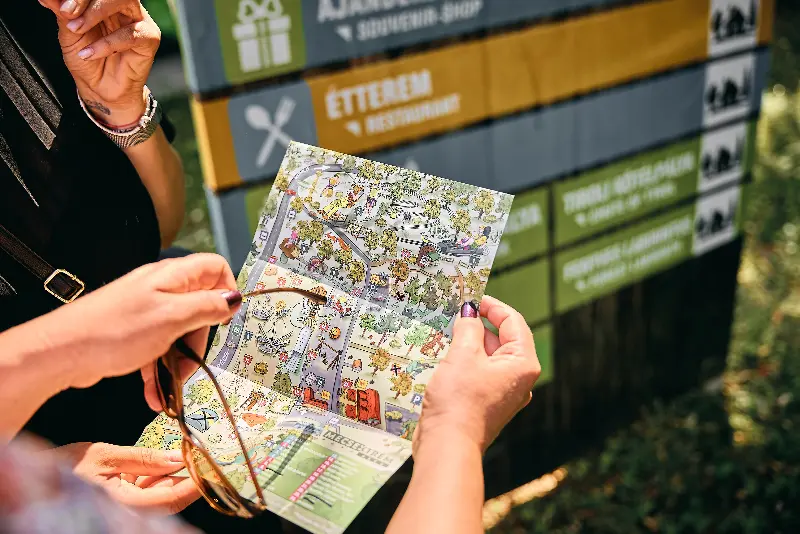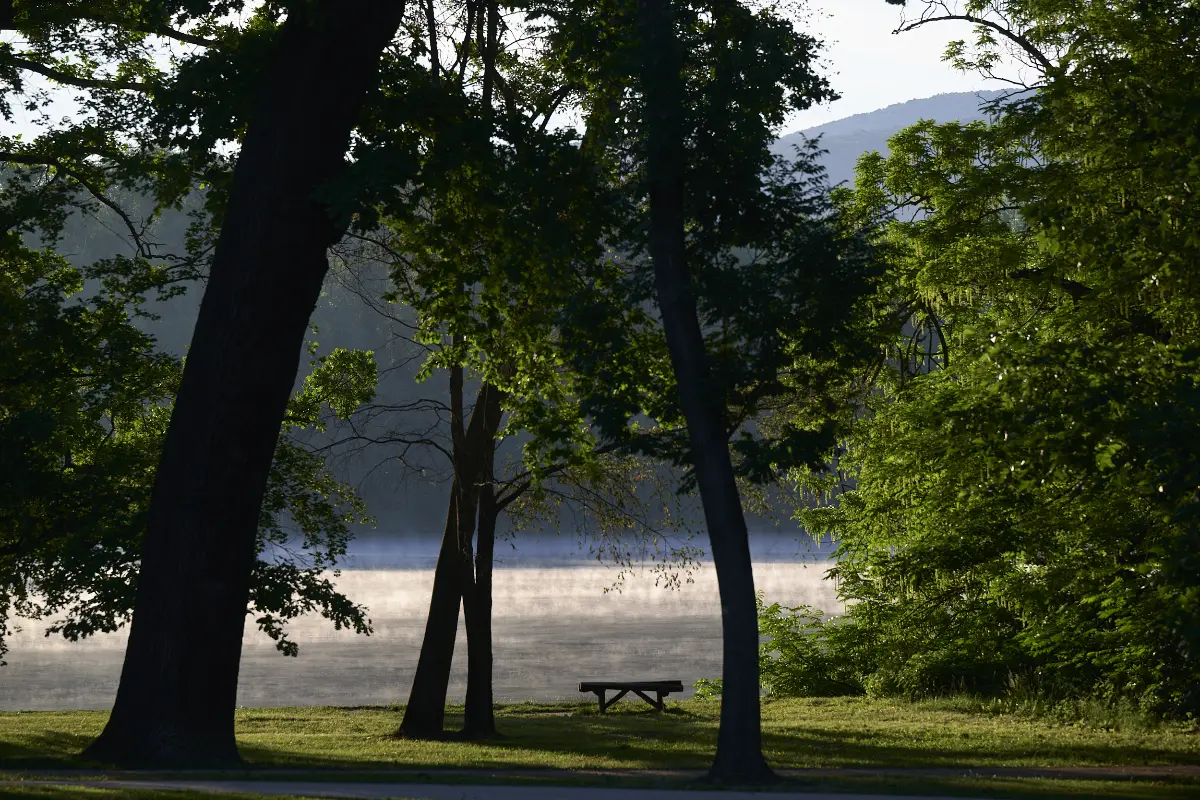
Helyszín címkék:
Breathing sets – theatre and film in gardens
Hajdú Gábor
Acting is as old as man, who distinguished himself from nature. While in antiquity drama took place in the landscape, in Christian culture religious and secular dramas were mainly performed in the gardens of churches, castles and palaces. Nature received a new interpretation in the Renaissance, and knightly games, dances and plays served to entertain the courts. The connection between garden and theatre was most vivid in the 16th and 17th centuries, when garden designers were theatre designers and vice versa. The garden was the location of all events and programmes before the real theatre was born with the playing field. Although stone theatres appeared continuously from the 16th century onwards, gardens have always remained popular venues for outdoor performances. The audience often encounters the garden also in works written for enclosed spaces, it is enough to think of Chekhov's dramas, in which the garden appears as a metaphor.
Baroque splendour in Eszterháza
"What the emperor can do, I can do too!" - this is the motto of the Esterházy Castle in Fertőd, the largest and most luxurious Baroque-Rococo castle in Hungary, built in the 18th century. Next to the main building, on the eastern side of the park (the large parterre), is the marionette theatre of Eszterháza, which was built by Prince Nicholas "The Bright" Esterházy in honour of Maria Theresa's visit in 1773. Unfortunately, the famous opera house on the western side of the large parterre did not survive the beginning of the 20th century, but the other theatre building that still exists is a unique monument of Baroque marionette opera. There was no theatre building like this even in the bright and pompous French royal court of the 17th – 18th centuries. The 18th-century marionette theatre was actually an art of the streets, squares and fairs, where itinerant puppeteers could set up a small stage hidden in a box.
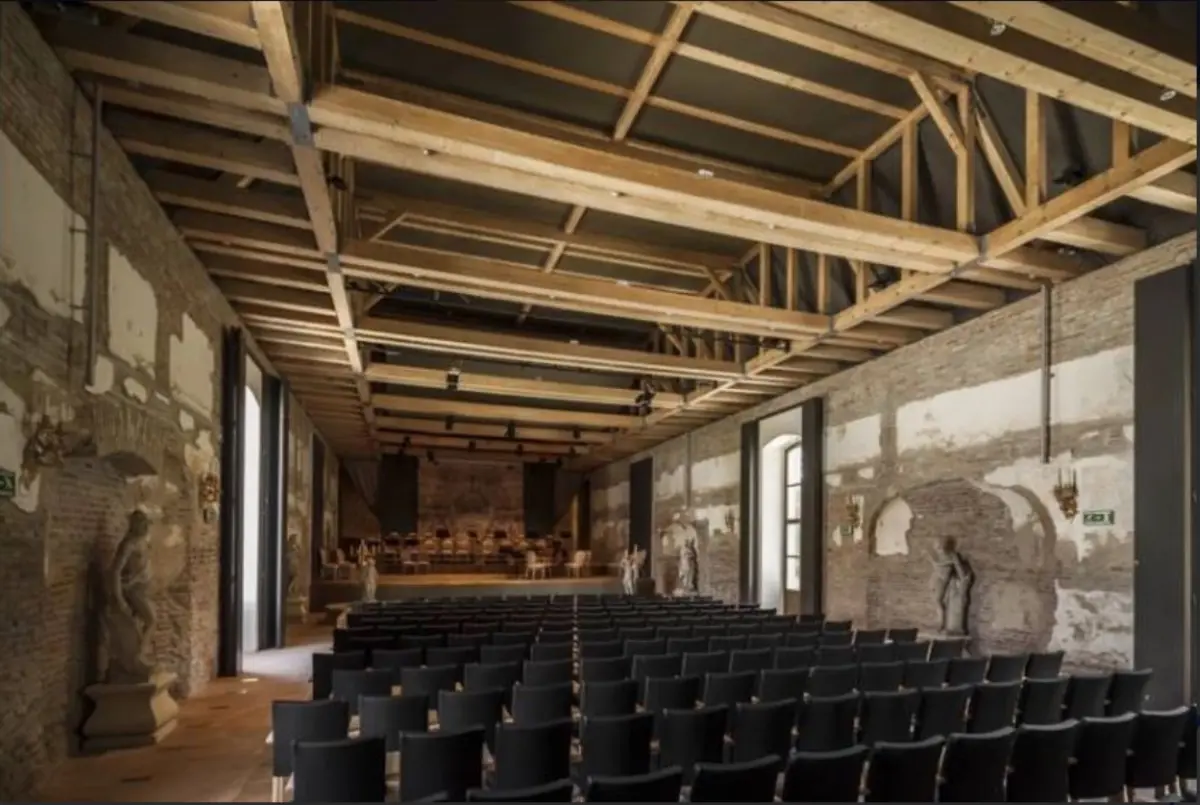
Of course, there were also puppet shows specifically intended for the aristocracy, where the elegant noble audience applauded the puppets playing in a box set up in a larger room. The main attraction at that time, however, was the garden, which hosted numerous performances. The Bagatelle, a surviving monument of the Baroque amusement park in the forest of Lés, south of the castle, was also built in honour of Maria Theresa and was restored in the 1980s. There is also an anecdote connected to the name of the building, according to which, when Maria Theresa admired the small palace, she asked her host about its price. When the prince revealed that it was 80,000 forints, the queen replied: “O das ist für einen Fürsten Esterházy eine Bagatelle!” (Oh, this is truly nothing for a Prince Esterházy.)
The Island of the past: Tata
The Esterházy family's count branch was also passionate about theatre. The Tata Castle Theatre was built near the castle, next to the Lake Öreg in Tata, and Miklós József Esterházy is also credited with building the last Hungarian nobleman's private theatre. The Count's family's cheerer, intended for recreation and relaxation, found a home further away from the castle, around the surface of Lake Cseke. The family regularly spent their leisure time here, accompanied by various musical and theatrical performances. The performances were so successful that the entire sloping area behind the Summer-house was dedicated to an auditorium that was expanded to accommodate six thousand people. The garden not only served as a background for the performances, but also became an active participant in the plays. The genre spread throughout Europe, and was called the so-called "Naturbühne", which meant plays and concerts performed in living nature.
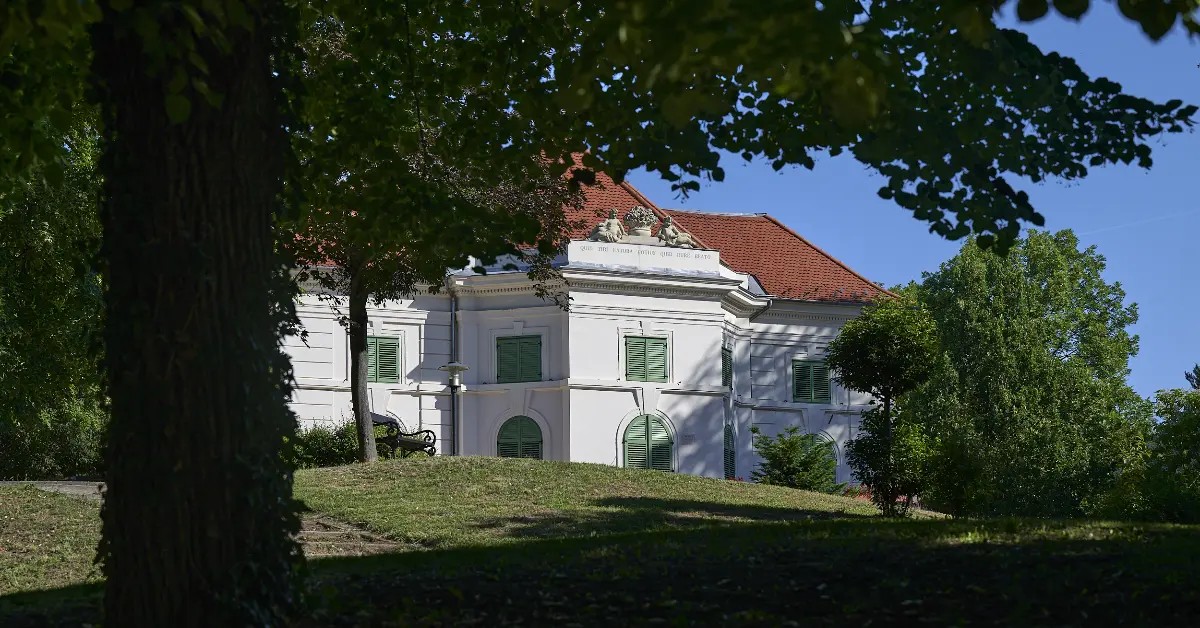
If you think that the negative impact of festivals on parks and gardens is a modern phenomenon, you are wrong. The theatrical performances in Tata, which lasted for several days and the social events that followed, placed a significant strain on the English Garden, and according to contemporary news reports, the old and sprawling plane tree suffered from the series of performances with sound and light effects. Despite this, fortunately, it is still an eyewitness to the open-air performances held in the English Gardens in the summer.
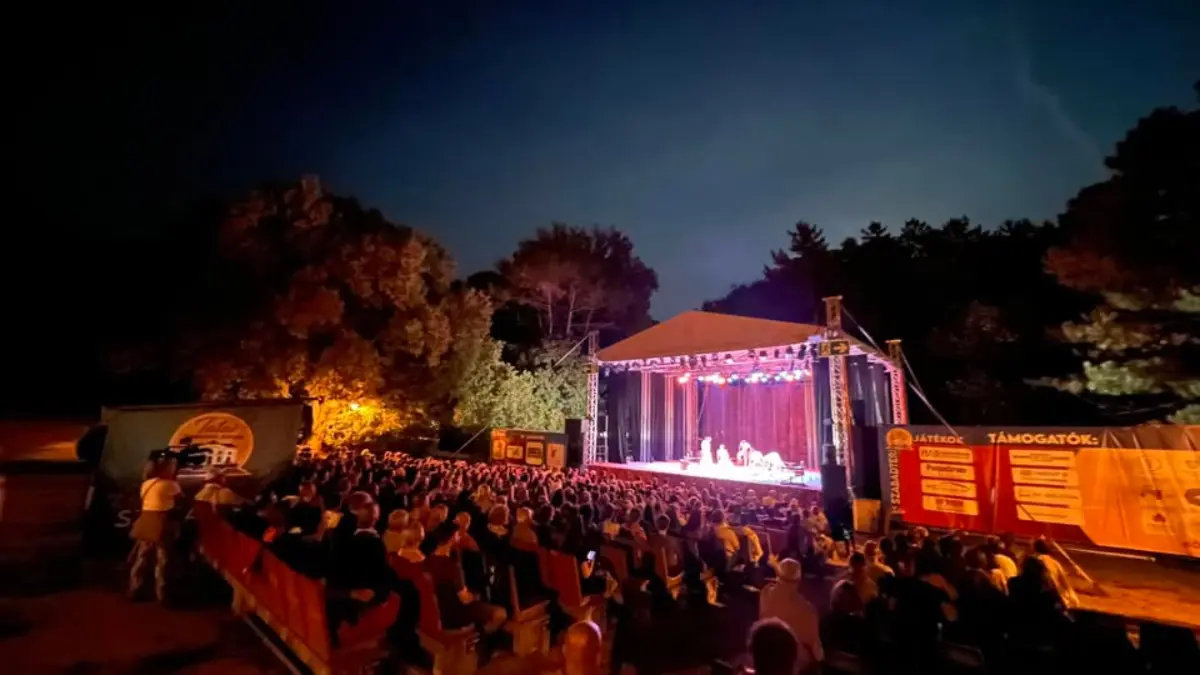
Gardens on canvas
While theatre creates illusion, the possibilities of cinema are much broader. It is no coincidence that many films naturally choose gardens as their setting. Perhaps the location most used by filmmakers is the National Botanical Garden in Vácrátót, which has been the filming location for almost two hundred works from the 1930s to the present day. One of the best-known and most popular of these is Ferenc Molnár's The Boys of Pál Street.
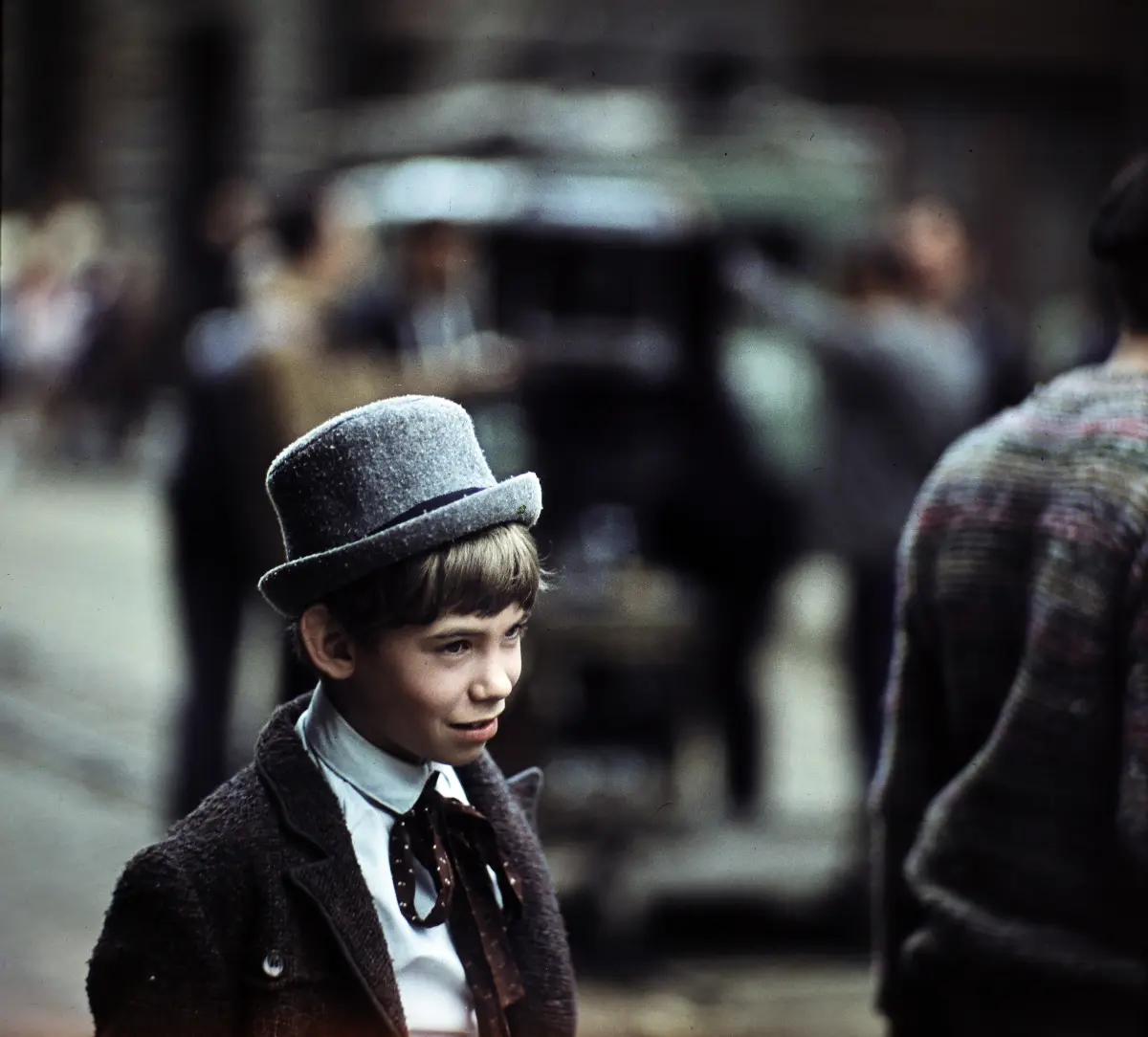
All of the scenes in the botanical garden were filmed here, including the scene that has become iconic for many of us when Nemecsek hides from the red shirts in the cold lake. But it was here that some scenes of the film Deadly Spring were filmed, in which Katalin Karády played her first leading role and became nationally popular, and the botanical garden was the home of one of the most popular Hungarian TV series of all time, based on Magda Szabó's novel Abigél. The watermill built in the 1890s next to the Sződ-Rákos stream has been called the Zenélő (Musical) mill ever since the building provided the setting for the film of the same name, starring Gyula Csortos and Zita Szeleczky.
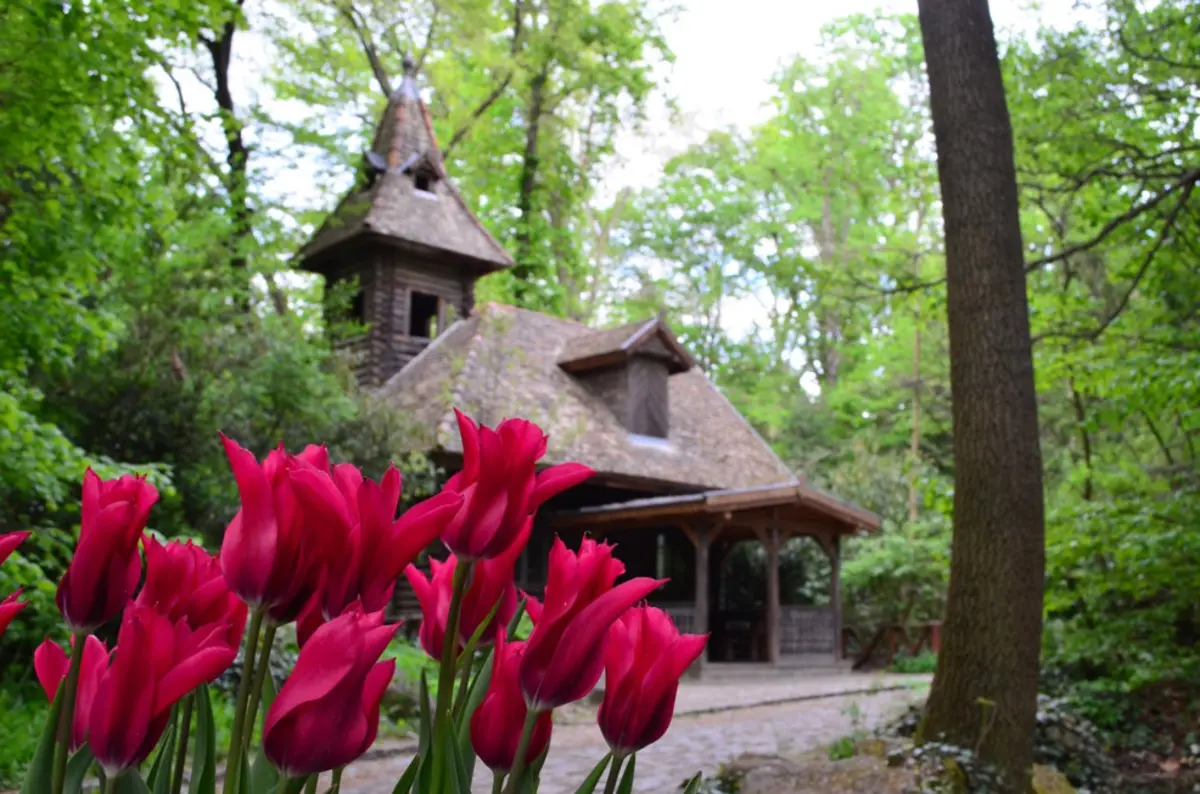
The collection garden regularly organizes, thematic walks and outdoor film screenings for film lovers, focusing, for example, on iconic locations in Abigél. Fortunately, the garden cinema is also experiencing a renaissance: in addition to Vácrátót, film screenings are also organized in the gardens of the castles in Keszthely, Fertőd, Nagycenk, Geszt and Szabadkígyós in the summer.
